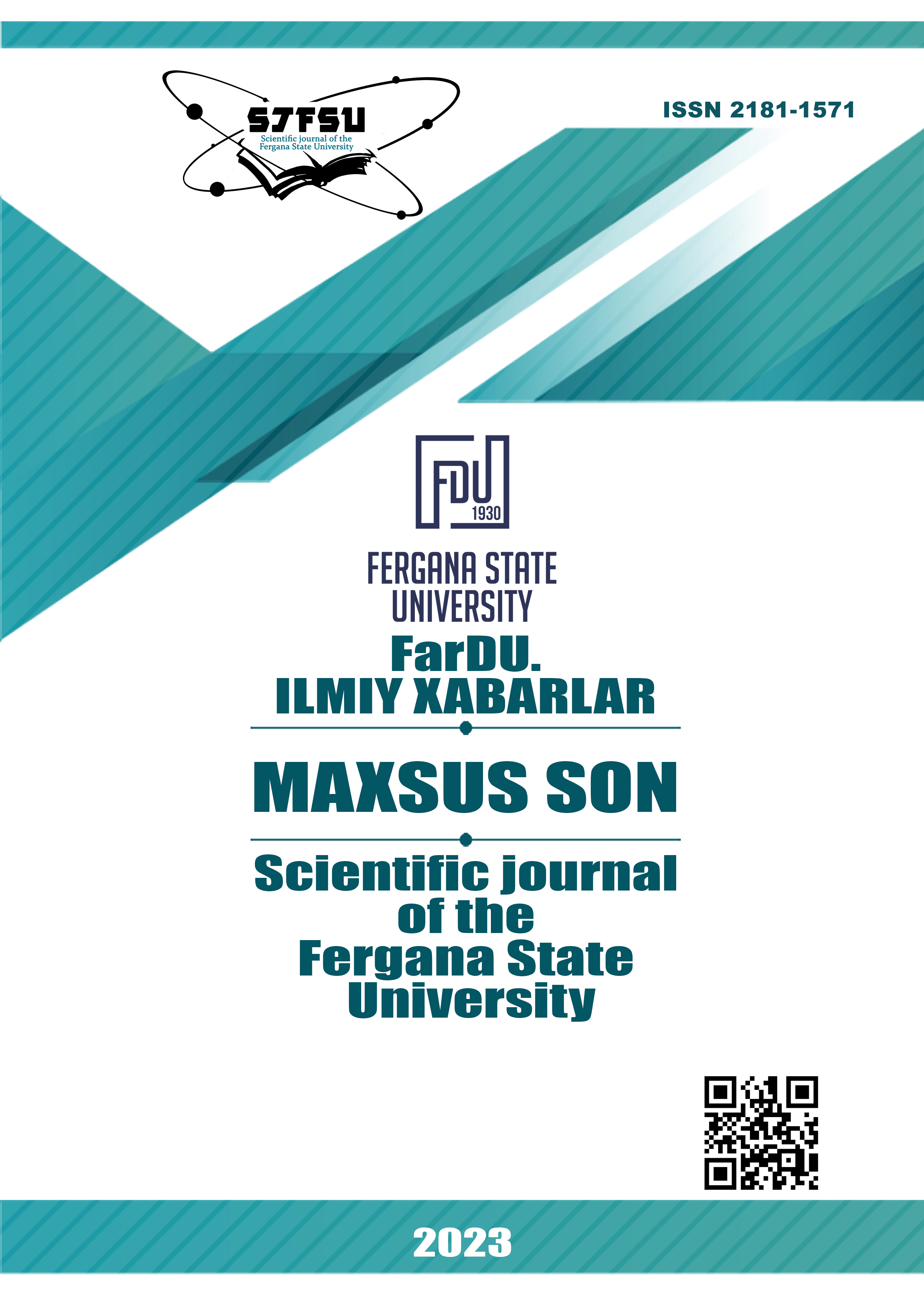THE DESCRIPTION OF THE FEMALE PSYCHE IN THE STORY "LETTER OF AN UNKNOWN WOMAN" BY STEVAN SVEIG
Keywords:
female psychology, epistolary genre, narrative genre, human psyche, motherʼs cry, female psyche, soul devotion, female courage, creative laboratory, writerʼs psychology.Abstract
The article reflects on the fate of a woman, which is illuminated in the story of the German artist Stevan Zweig. How cruel is human fate, sometimes joyful, sometimes dangerous, that a person is capable of giving up his interests and sacrificing himself, that the human heart is vulnerable, thirsts for love, that any courage, heroism, sometimes even a crime can cause a flow of strong emotions in a person, especially internal experiences women, her psyche and her courage, patience, giving her life for the sake of a child.
In fiction, human suffering and feelings are expressed through words. Knowing how to use this word skillfully depends on the artistʼs style. In the story “Letter from a Stranger Woman,” Stevan Zweig skillfully describes the psychology of a woman who falls in love with a writer and is ready to do anything for the sake of the creative self, the image of a woman reflecting this self, based on the epistolary genre.
The article explains that after the death of her child, a strange woman, having renounced her will and honor, informs the father of her child through a letter that the boy who left this world before she knew him is her child.
He clearly feels the divine feelings of love, devotion, fidelity between a woman and a man, and the unrequited love of a stranger for life, her patience, the strong will of a woman, her endless love for her beloved wife and child.
References
Quronov D. Adabiyotshunoslik nazariyasi asoslari. Toshkent. Akademnashr. 2018 yil., 268-bet
Stevan Sveyg. Kuygan koʻngil faryodi. Toshkent. Sharq. 2006 yil.
Adabiyotshunoslikning asoslari va mezonlari,-T.:2004, V. N. Sarimsaqov
Soliyev A.Qahramon ruhiyati va dramatik vaziyat,-T.:2004, 4-son
“Brief einer Unbekannten.” Stefan Zweig, (1922)
“Erazm Rotterdamusning shukuhi va fojiasi” Stefan Sveyg (1934)
Downloads
Published
Issue
Section
License
Copyright (c) 2024 Scientific journal of the Fergana State University

This work is licensed under a Creative Commons Attribution-NonCommercial-NoDerivatives 4.0 International License.

